What Is Tu B’Shvat? – The New Year of Trees
The Fellowship | January 18, 2024
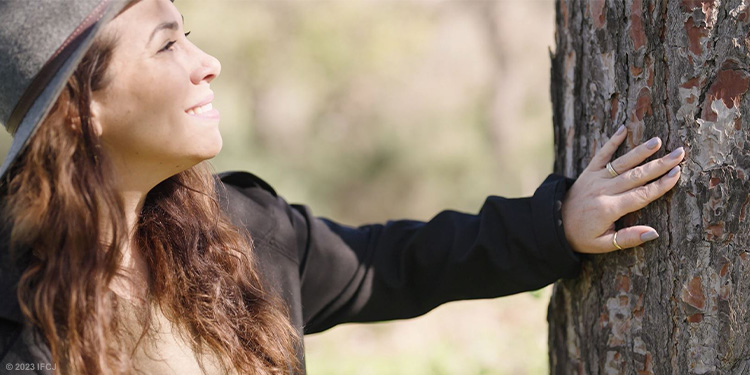
So what is Tu B’Shvat? Tu B’Shvat is a Jewish holiday that is considered the New Year for Trees. That’s right, trees! Tu stands for the number 15, and Shvat is the name of the month in which the holiday falls. The fifteenth of Shvat, which falls in the winter, is the official date of this New Year. This year, Tu B’Shvat begins at sundown on January 24, and ends at sundown on January 25.
Watch as Fellowship President and CEO Yael Eckstein shares about the celebration of Tu B’Shvat, the New Year of the Trees, and the lessons we can learn from this ancient observance.
Tu B’Shvat: Celebrating the “Birthday” of the Trees from IFCJ on Vimeo.
Four “New Years” in Judaism
According to the Talmud, Judaism’s Oral Tradition which was written down and compiled after the fall of the Second Temple, there are four “New Years” on the Jewish calendar. Each of these New Years are important because they have ramifications in Jewish law and have spiritual significance as well.
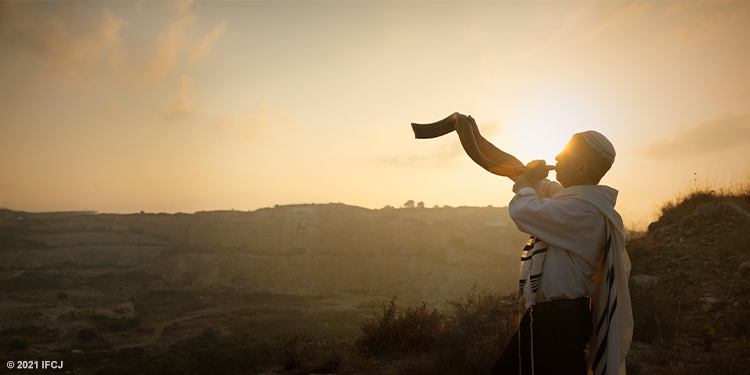
The first of the Hebrew month of Nissan, which is in the spring, is the New Year for Kings, and is tied to the counting of the reigns of the kings. It is also closely associated with the season of Passover, and is considered the anniversary of the founding of the Jewish people after their redemption from slavery in Egypt.
The first of the Hebrew month Elul, which is in late summer, is the New Year for tithing of cattle during biblical times. While this New Year is not observed today, the month of Elul does mark the beginnings of preparation for the High Holy Days. A month later in early autumn, the first of the Hebrew month Tishrei is the New Year most people are familiar with: Rosh Hashanah, the Jewish New Year that commemorates the creation of the world.
Tu B’Shvat, the New Year of Trees, is the fourth “new year” traditionally observed in Judaism.
Celebrating Trees in the Dead of Winter
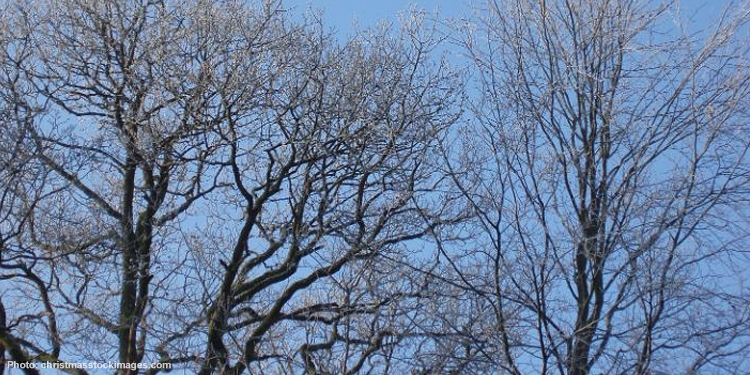
What is most interesting about the celebration of Tu B’Shvat, also called the “birthday of trees,” is that it takes place in the dead of winter. It would seem that the spring, when the trees blossom and bloom, would be a much more appropriate time. Or perhaps even autumn, when the trees display their brilliant colors as one season comes to an end and the next begins. Winter, however, when we celebrate the life of the trees, is a time when the trees seem least alive. Many are completely bare and look all but dead.
To understand why the 15th of Shvat is the New Year for Trees, we have to look beneath the surface. Literally.
It takes about four months for the rains of the Jewish New Year to saturate the soil and enter the trees. In Israel, the rainy season begins just after Rosh Hashanah. Any fruit that is produced between Rosh Hashanah and Tu B’Shvat is considered last year’s fruit since it was created by the rains of the past year. Anything produced four months later, after Tu B’Shvat, is considered fruit of the New Year.
So Tu B’Shvat is literally the New Year for the Trees because it is only from that point forward that the trees are infused with the water from the New Year.
Practical Applications of Biblical Law
This actually has a lot of practical implications in biblical law. It affected the laws of tithing fruit when the Temple stood (Deuteronomy 26), it has implications on the Sabbatical year which is still observed in the land of Israel today (Leviticus 25), and it determines the biblical prohibition of eating fruits of new trees for the first three years (Leviticus 19:23).
Moreover, while we can’t see it in the winter, beneath the surface the trees are very much alive. It is now that they begin their cycle of life. Underneath the cold and sometimes frozen ground, the new sap in the trees begins to flow. This is the beginning of the process that will produce the buds, blossoms, and flowers that we enjoy in the springtime.

To celebrate the trees and their fruit on Tu B’Shvat it is customary to have a festive meal with fruits, preferably those included among the seven species of the Holy Land: grapes, figs, pomegranates, olives, and dates (Deuteronomy 8:8). Some people even have a Tu B’Shvat seder, which like a Passover meal has four cups of wine, a text that is recited together, and special foods – in this case 10–15 specified fruits – to be eaten in service of God.
In contemporary Israel, Tu B’Shvat has also become a kind of Arbor Day, when trees are planted all over the country in celebration and joy. Discover more about the celebration of Tu B’Shvat today.
We Are the Trees of the Field
The holiday of Tu B’Shvat takes place on the 15th day of the Hebrew month of Shvat and marks the New Year for Trees. That’s right, trees!
While it might sound a little strange, this holiday actually serves a very practical purpose. Its primary function was to help people in biblical times determine which produce or fruit belonged to which year as it related to the laws of tithing (giving back to God a tenth of a person’s income or produce). Fruit produced before the 15th of Shvat belonged to the previous year, while anything that flourished after the 15th of the month belonged to the new year.
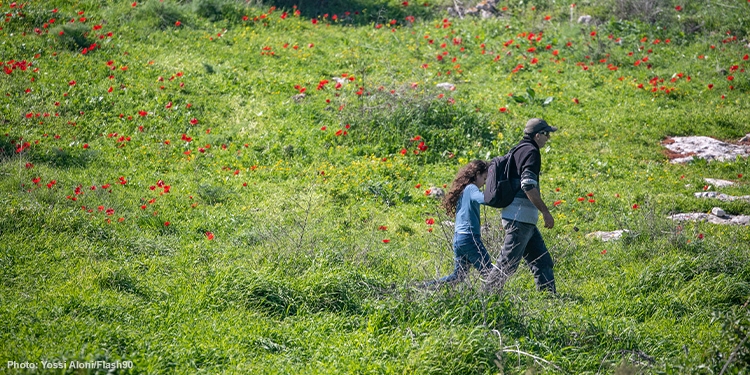
While this holiday is not mentioned in the Bible, special significance is given to this holiday because of Deuteronomy 20:19, which, in part, reads: “Are the trees people . . . ?” The Jewish sages teach that another way to understand this phrase is, “Man is the tree of the field.”
In other words, we have much in common with trees, and there are many lessons that we can learn from trees. Tu B’Shvat is an ideal time to think about them. Here are three ideas to consider.
Lesson 1: What Seems Like an End Is Really a Beginning
Isn’t it strange that we celebrate trees in the dead of the winter when most trees are bare? The truth is that while many trees look half-dead, the deep winter is when they are most alive. The sages explain that in winter, deep beneath the frozen ground, new life is beginning inside the trees.
The sap begins to flow and preparations are made for the blooming that will take a few months for us to see. We can’t see what is happening, and from what we can see, the trees look forlorn, but it is now that they are strongest and in the midst of creating new life.
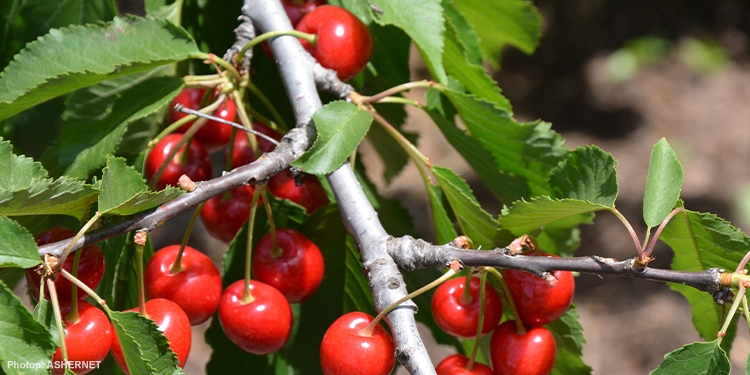
It’s the same with our lives as well. Often, it is in the “winter times” of our lives — when it seems that we are doing anything but blossoming – that we are truly growing. Even if we can’t see it, even if it’s all happening way beneath the surface, what seems like the end is really the space for something new to grow.
In addition, remember that every tree begins as a seed placed in the ground. The difference between being buried underground and being planted in the ground is that when we are planted, we grow. No matter how much dirt comes into our lives, let’s resolve to see it as an opportunity to grow into the best people that we can possibly be.
Lesson 2: Actions Speak Louder than Words
The Jewish sages teach: “Say little, do much.” Trees are great examples of doing just that! Of course, they don’t have a choice in the matter because trees don’t talk. So they don’t ask for things, they don’t complain, and they don’t make promises that they can’t deliver. They also don’t write books, give lectures, or record teachings. Yet, consider all that they have contributed and give to humanity.

Remember Shel Silverstein’s The Giving Tree? In the book, a little boy takes and takes from his tree, while the tree gives and gives. And that’s what trees do – they give.
Think about it for a second. Trees give us food and shelter. They give us shade from the sun. They provide us with fuel to make fires that keep us warm, and wood to build houses and boats. The leaves on the trees contribute to the air that we breathe and brighten the scenery for us from season to season. Trees are beautiful to look at and fun to play in. And the list goes on and on.
While we live in a society that talks a lot, we need to take a lesson from the trees and learn to give more. We often think that the way to leave our mark on the world is through our words. But trees teach us that, in the end, it’s our actions that matter most. Give more, speak less. We can all benefit from that advice.
Lesson 3: Strong Roots Make Strong Trees
In the Book of Jeremiah, the prophet described a true evergreen as “a tree planted by the water that sends out its roots by the stream. It does not fear when heat comes; its leaves are always green. It has no worries in a year of drought and never fails to bear fruit” (Jeremiah 17:8). A tree planted by a stream of water always has strong roots. It isn’t affected by the twists and turns of the weather because it has an alternate source of nourishment. A tree with well-watered roots always thrives. It is strong, beautiful, and always bears fruit.
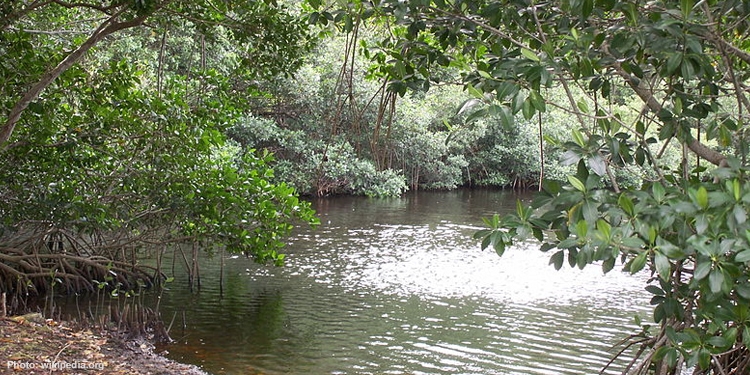
Wouldn’t it be amazing to be like that kind of tree? Wouldn’t it be great if we could always grow and prosper no matter what the world sends our way? In the prophet’s analogy, the tree is fortunate enough to be planted next to a never-ending source of replenishment. How can we keep our roots well-nourished?
Jeremiah revealed the answer a verse earlier. He wrote, “blessed is the one who trusts in the LORD” (Jeremiah 17:7). He explained that a person who is rooted in faith will grow strong like that tree. With faith in God, we may encounter obstacles, but we will be spiritually nourished and able to thrive in any circumstances.
Sometimes God gives us what we ask for, and sometimes He says “no” so that He can give us something better. When we integrate these words into our lives, we will always feel blessed. We will understand that everything is truly a blessing, every challenge an opportunity to grow.
Similarly, like deeply rooted trees we are nourished by deep roots of faith that extend as far back as Abraham and Sarah. With such faith, we can reach for the heavens while standing firmly grounded on the earth. When we follow God in faith and obedience, we, too, will produce “fruit” that benefits the world.
If trees can contribute so much to the world, imagine what we, who have the ability to talk, and move, and make decisions, can do!
Find out how much you have learned about Tu B’Shvat with our quiz!
